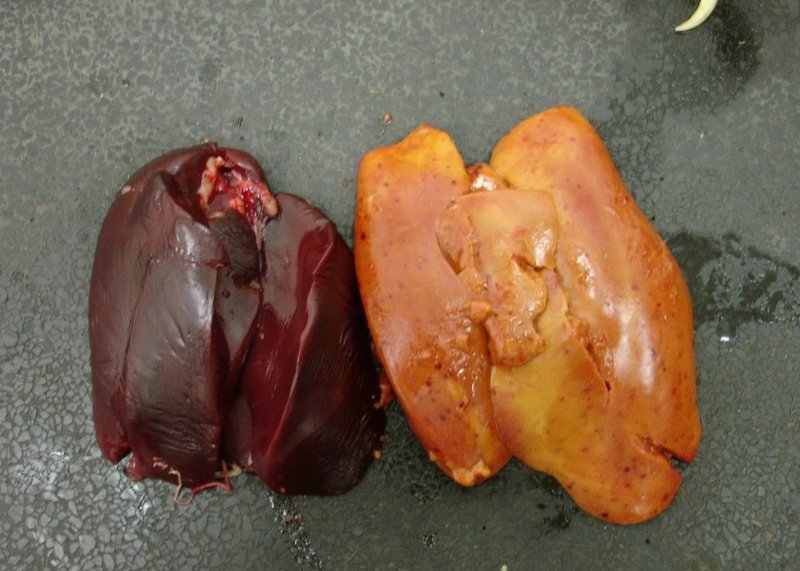
Published on Feb. 17, 2022
Fatty Liver Hemorrhagic Syndrome
Fatty Liver Hemorrhagic Syndrome (FLHS) is a metabolic disease characterized by an excessive
accumulation of lipids in the liver (hepatic steatosis), leading to a decrease in egg production
and frequently sudden death.
There is not a clear single cause of FLHS but a combination of different factors (nutritional, environmental, hormonal) which can affect lipid utilization from the liver. Main predisposing factors are:
- High energy intake: too highly concentrated diets and/or excessive feed consumption not in balance with energy requirements result in increased body fat. Feed texture can also have an impact because of influence on feed intake.
- Incorrect balance between protein and energy and/or low level of essential amino acids necessary for fatty acid transport.
- Feed ingredients and type of energy source: when carbohydrates (starch) are used instead of fat for synthesis of fatty acids and yolk components, there is an increased metabolic stress in the liver. Corn based diets is also an additional factor compared to wheat diets, since choline level is much lower in corn.
- Presence of mycotoxins which induce fat accumulation and liver damage. Cage housing systems: due to less activity compared to other housing systems, maintenance energy requirements are lower.
- High environmental temperature: in hot conditions, energy requirement for maintenance is reduced due to less activity and less need to produce heat to maintain the birds’ body temperature.
- Hormones: oestrogen is produced in active ovaries at sexual maturity, from a few weeks prior to first egg, and has as major function stimulating fat synthesis in the liver for egg yolk production. There is an increased risk with laying hens around peak production when plasma oestrogen concentration is higher.
Clinical signs
Birds in affected flocks are overweight and have pale combs and wattles. Egg production drops and, especially in older flocks, eggshell quality can also be negatively affected, as a healthy liver is essential for activation of vitamin D3 into its metabolic active form. Wet droppings or changes in manure consistency are often observed.
Mortality increases and at post-mortem excessive abdominal fat is found, the liver appears enlarged and with soft and friable texture, showing changes in color, turning to yellowish due to excess fat storage. Lipid content of a fatty liver can reach 70 % of the dry matter. Necropsy can also reveal liver hemorrhages, from petechiae to rupture of liver capsule and large blood clots in the abdominal cavity.

Healthy liver on the left, a fatty liver on the right
Diagnosis
Diagnosis is based on history, clinical signs and necropsy gross lesions. Histopathologic examination is an additional accurate tool. Blood biochemistry can confirm the diagnosis, but it is not used as a routine technique.
Treatment and control
Dietary energy management is essential in prevention: laying hens should receive enough energy for optimal production results, but not an excess. Regular monitoring of body weight and feed intake is key, as the main factor in the development of a fatty liver is the positive energy balance.
Providing fat (ideally vegetable oil) instead of carbohydrates, while maintaining the same energy level, will reduce the risk to develop fatty liver.
Since the risk of overconsumption of feed and energy is higher when birds are fed with pelleted or crumbled feed, it is recommended to feed layers with a well-structured mash feed.
Diets should contain enough amounts of lipotropic factors like choline, methionine and B12 helping to mobilize lipids from the liver and preventing excess fat build up, as well as antioxidants (vitamin E and selenium) to prevent cell damage. Supplementation with lipotropic agents (the aforementioned, inositol, betain…) can support fatty liver recovery in affected flocks.
Choline is highly effective, but its level and bioavailability differ among the different raw materials. It is advised to provide 500 ppm choline during the rearing period and 1000 ppm choline during the egg production period.
